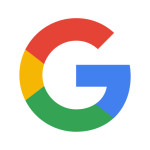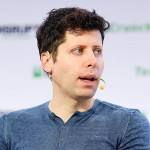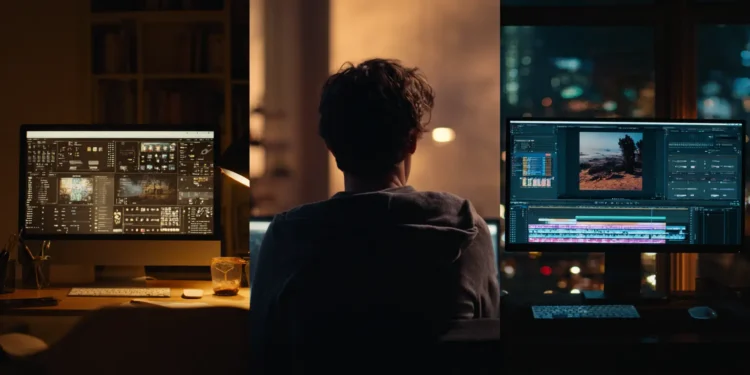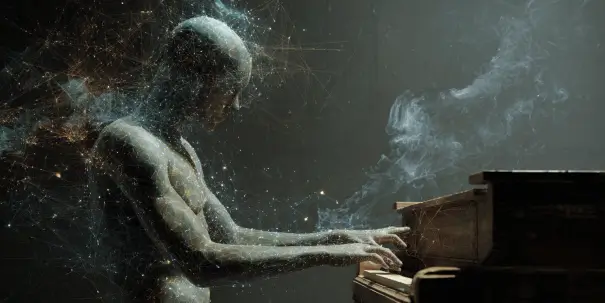In recent years, artificial intelligence (AI) has been making significant waves across various sectors, including creative industries such as art, music, and film. AI technologies are not only enhancing creativity but also transforming how creators work. This research delves into the fascinating ways AI is shaping these industries.
The Role of AI in Art and Design
AI has shown its prowess in art and design by creating stunning visuals and even exhibiting artworks in galleries. Algorithms can now generate paintings, sculptures, and graphic designs that mimic human style or introduce entirely new aesthetics. Tools like DeepArt and DALL-E have made it possible for users to transform photos into artworks reminiscent of famous artists’ styles or to create unique, never-before-seen images from text prompts.
These AI applications are not about replacing artists but providing them new mediums and tools to express their creativity. Artists can collaborate with AI to push the boundaries of design, iterating new ideas faster than ever before.
AI’s Impact on the Music Industry
Music is another domain where AI is beginning to make its mark. AI-powered software can now help compose music, offering suggestions for chords, melodies, and even lyrics. Programs like Amper Music and Jukedeck allow musicians to create original compositions by guiding AI music generators with specific styles and preferences.
These tools can serve not only established musicians but also amateurs who wish to experiment with sound. AI helps streamline the creative process, making music creation more accessible to everyone. Some artists also use AI to remix existing songs or generate fresh beats, enriching the diversity of music available today.
AI in Film and Media
In the world of film and media, AI is a powerful ally. From scriptwriting to editing, AI tools can assist filmmakers at various stages of production. For example, AI can analyze entire scripts to suggest edits for pacing or character development. It can also help in editing by recognizing patterns within footage, such as particular scenes or actions, to produce comprehensive cuts more efficiently.
Moreover, AI has been instrumental in creating realistic special effects and animations efficiently without huge budgets. This democratizes the film industry, enabling independent creators and smaller studios to produce high-quality films.
AI Tools Fostering Creative Potential
The overarching promise of AI in the creative industries is its ability to unlock new levels of potential. By handling repetitive or technically demanding tasks, AI frees creators to focus on ideation and high-level decision-making. This synergy results in works that leverage technology while preserving the essential human touch.
Despite the exciting potential, there are challenges. These include concerns over intellectual property rights and the authenticity of AI-generated content. As these technologies advance, it becomes crucial to establish guidelines and frameworks that ensure fair use and acknowledgment.
Creativity with AI
Looking ahead, AI may continue to evolve, offering new ways to innovate in creative fields. While it may change the way we perceive art, music, and film, the fundamental essence of human ingenuity remains irreplaceable. AI should be seen as a tool that enhances rather than overshadows human creativity.
As more creators embrace AI, we can expect the boundaries of what’s possible to expand, resulting in richer, more diverse creative expressions that blend the best of human and artificial intelligence.










